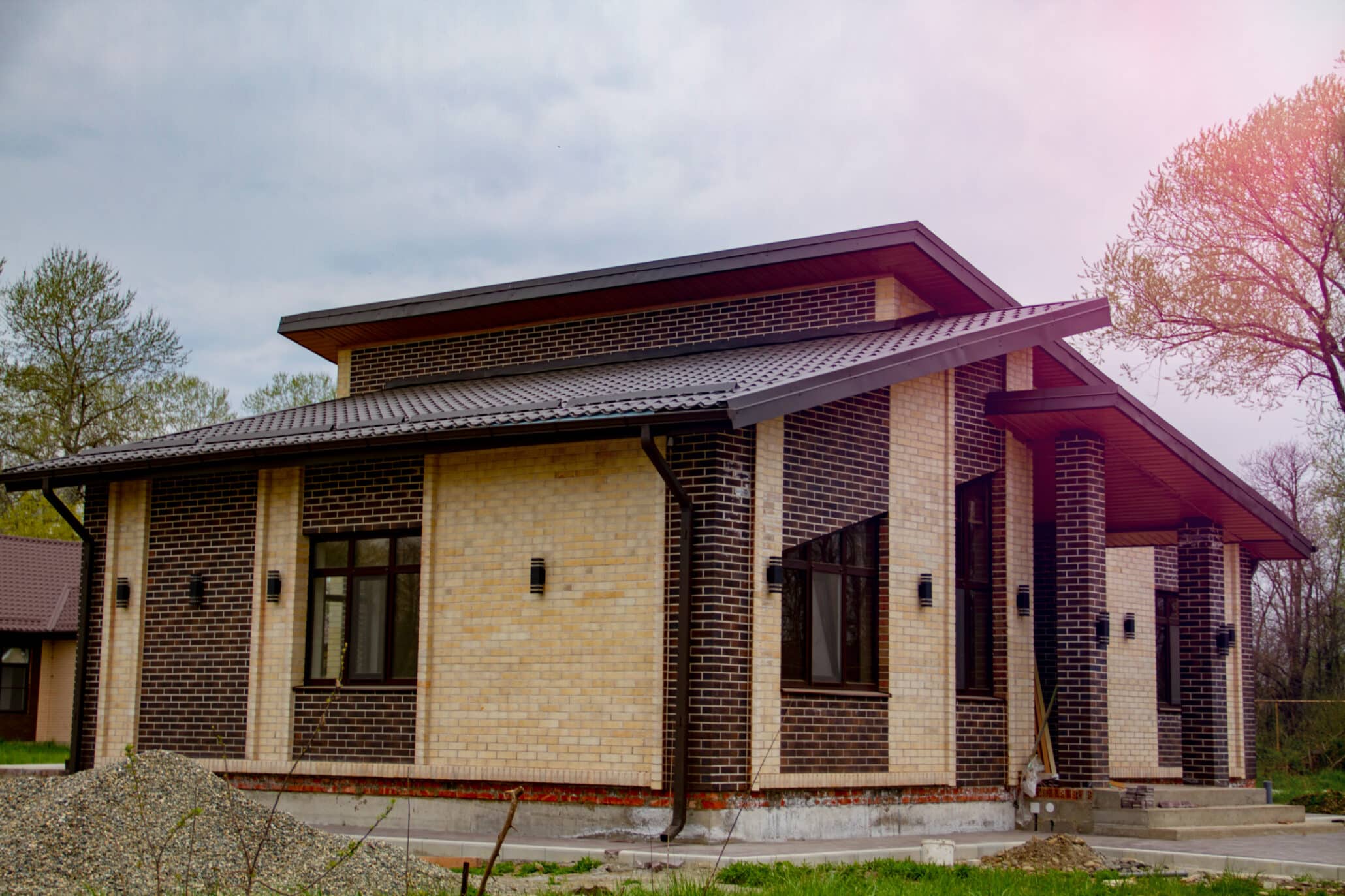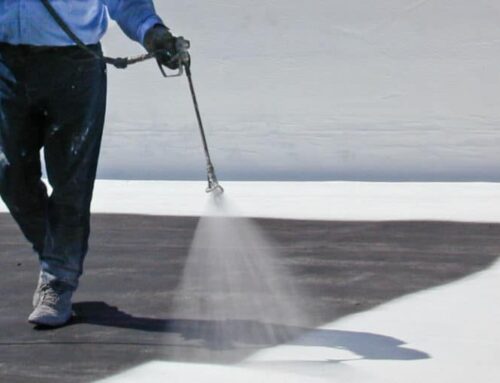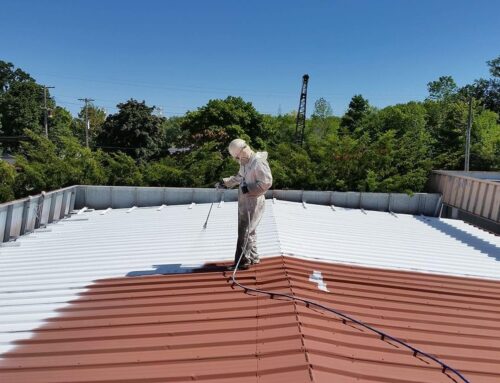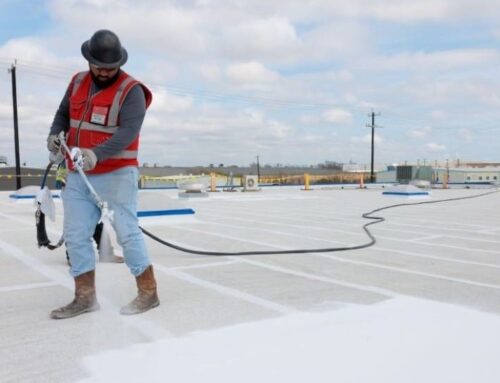When endeavoring to produce written content, two pivotal facets to bear in mind are “perplexity” and “burstiness.” Perplexity gauges the intricacy of the text, while burstiness evaluates the diversity of sentence structures. Human writers often excel in burstiness, interspersing both short and long sentences, creating an engaging rhythm. On the other hand, AI-generated sentences tend to display a uniform length. To ensure the content generated attains a desirable level of perplexity and burstiness, these factors are kept in mind.
Additionally, when crafting written content through artificial intelligence, the use of distinctive phrasing is crucial in enhancing the originality of the piece. Employing uncommon terminology further enriches the uniqueness of the material.
The article addresses the significance of selecting appropriate roofing materials for low-slope roofs. While it may seem convenient to employ conventional shingles, they are not ideally suited for such roofs. To prevent making the wrong choice, the article delves into the best low slope roofing options, accompanied by their respective advantages and disadvantages.
Understanding the Basics:
The Definition of a Low Slope Roof A low slope roof, often referred to as a “flat roof,” is characterized by its inclination, sloping 2″ to 4″ in 12″ of a run.
Consequently, for every foot of roofing area, the pitch descends by 2 to 4 inches, resulting in a roof pitch ranging from 4 to 10 degrees. In comparison, a standard pitched roof of a home typically lies between 4/12 and 9/12, corresponding to a pitch of up to 36.37 degrees.
Roofing systems dependent on efficient drainage, such as slate or asphalt shingles, are unsuitable for low slope roofs as they drain water more slowly than roofs with moderate or steep slopes. Other challenges presented by low slope or flat roofs include:
- More Foot Traffic: Given their accessibility and occasional use as rooftop patios, low slope roofs encounter more foot traffic than steeper roofs. Consequently, the roofing system must endure this increased activity without succumbing to damage. Shingles are generally not the ideal choice in such scenarios.
- Slow Draining: With the minimum slope of a low slope roof, water and snowmelt take significantly longer to drain, if they drain at all. As such, a low slope roof necessitates a drainage system capable of handling the accumulation of water.
- Pooling Water: As discussed, the slow drainage on low-slope roofs can lead to standing water, resulting in potential leaks and fostering the growth of moss and algae. Hence, employing the most suitable materials becomes crucial to prevent prolonged pooling of water.
- More Weight on a Bigger Area: Certain low slope roofs encompass a larger surface area, and the roofing materials used exert greater weight on the roof. This increased load can lead to the risk of sagging and deterioration. For larger low slope roofs, lighter materials like rubber or PVC are more suitable.
- UV Degradation: Unlike moderate or steep pitched roofs that only receive sunlight for part of the day, low slope roofs are exposed to the sun for a more extended period. Consequently, they experience extensive UV degradation, leading to fading and cracking over time.
While these challenges might appear daunting, they can be effectively addressed by utilizing the most appropriate roofing material designed for low-slope solutions.
Evaluating the Best Materials for a Low Slope Roof (with Pros and Cons) While it may be technically possible to install an asphalt shingle roof on a low slope, it is highly discouraged due to the increased risk of leaks. Instead, there are four primary types of flat roof materials recommended:
Built-Up Roofing (BUR):
One of the oldest low slope roofing systems, BUR has existed for well over a century. It comprises multiple layers (typically between three and five) of alternating asphalt, reinforcing fabrics, and adhesives. The top layer is then finished with a gravel or mineral surface.
Pros:
- Excellent resistance to UV rays and weathering.
- Potential lifespan of 20-30 years with proper maintenance.
- Multi-layered protection, with damage to one layer compensated by others beneath.
Cons:
- Heavier than other roofing materials, necessitating a stronger roof deck.
- Slower and more labor-intensive installation, leading to potentially higher costs.
- Difficulty in identifying leaks.
Modified Bitumen:
Similar to BUR, Modified Bitumen is asphalt-based, but with fewer layers and a different application method. The first base layer adheres to the roofing substrate or deck, while a top cap sheet can be torched, cold applied, or self-adhered. Alternatively, it can be applied as a layer of hot asphalt.
Pros:
- Resistant to tears.
- Can be rendered as a white “cool roof” to reflect sunlight, enhancing energy efficiency.
- Excellent expansion and contraction capabilities without cracking.
- Absence of seams reduces the chance of leaks.
- Thick and resistant to punctures, making it suitable for foot traffic.
Cons:
- Costlier compared to some other options.
- Lacks protective granules for UV rays.
- Vulnerable to rapid deterioration if water pools on the roof.
Ethylene Propylene Diene Monomer (EPDM):
EPDM is a prevalent thermoset roof membrane applied in large sheets. Its black and flexible nature makes it ideal for low slope roofs, serving as a modernized synthetic alternative to traditional black rubber roofs.
Pros:
- One of the most affordable roofing materials available.
- Fire-resistant.
- Potential lifespan of over 20 years.
- Made of 100% recyclable materials.
Cons:
- Susceptible to punctures.
- Less aesthetically pleasing, making it more suitable for commercial properties.
- Seams may degrade over time, leading to water leaks.
Thermoplastic Polyolefin (TPO):
TPO is a comparatively new roofing material when compared to other types. It is a single-ply membrane that can be applied using one of three methods: bonding adhesives, mechanical attachment, or mechanical attachment at the seams.
Pros:
- The white coating reflects UV rays, keeping structures cooler.
- Can last 25+ years with proper installation.
- High resistance to water.
- Easy to install and requires low maintenance.
Cons:
- Repairs can be complicated.
- Potential for higher costs.
- Inconsistent quality among different brands or manufacturers.
- Slippery when wet.
Retaining the Services of a Reputable Contractor to Ensure Superior Results Collaborating with a reputable contractor such as Just Quality Roofing is paramount for your low-slope roof. Safeguard your structure with a premium flat roof installed by a devoted team. Reach out to Just Quality Roofing today.





